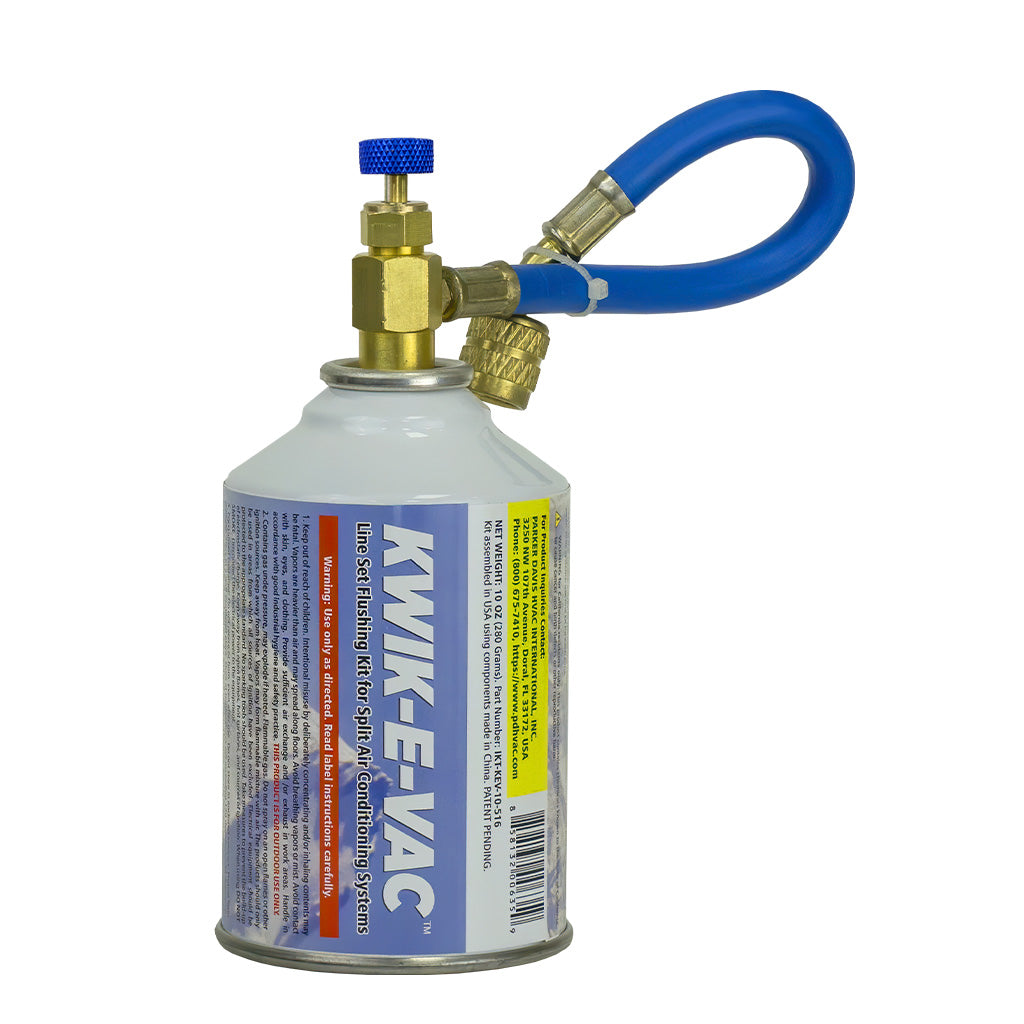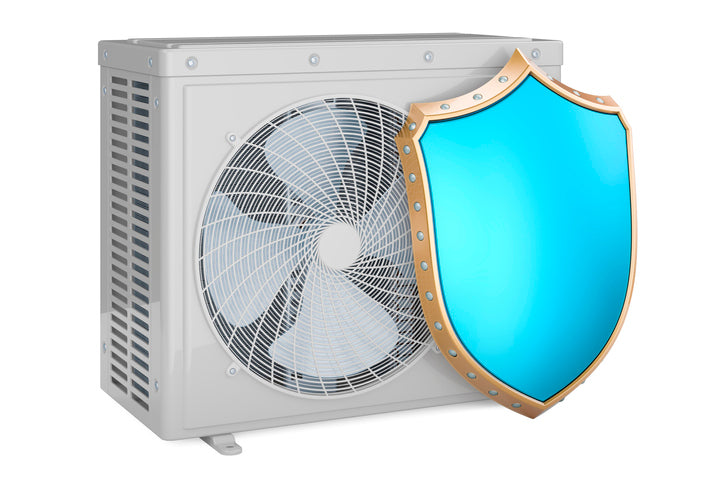Important HVAC System Terms To Know

When purchasing an HVAC system, you may come across a fair number of unfamiliar terms and acronyms, such as BTU or SEER. Understanding the meaning of such terminology is essential to choosing the best possible system for your home. To catch yourself up on the lingo so that you can make an informed purchasing decision, take a look at these important HVAC system terms to know.
British Thermal Unit (BTU)
The letters BTU will likely come up frequently when you’re shopping for a HVAC system. BTU stands for “British thermal unit,” which is essentially a measurement of heat that refers to how much energy is required to raise the temperature of a pound of water by 1° Fahrenheit.
This unit of measurement isn’t regularly used in its country of origin anymore, but it’s still frequently used in the United States to judge how powerful a HVAC system is and how much energy it can provide. Larger homes, homes with poor insulation, or homes located in extremely cold climates generally require HVAC systems with a higher BTU rating.
Airflow Volume
Airflow volume refers to the amount of air circulating in a given space. This quantity is measured in cubic feet per minute. A higher airflow volume means the system provides a higher amount of air circulation.
Seasonal Energy Efficiency Ratio (SEER)
Another important HVAC system term to know when you’re purchasing a unit is SEER. The acronym stands for “seasonal energy efficiency ratio.” It specifies the total heating or cooling output of an HVAC system in BTUs divided by the average amount of energy the system uses per hour in watts. Essentially, the SEER rating provides an indication of the energy-efficiency of a HVAC system. Systems with higher SEER ratings generally operate more efficiently.
Condenser
A condenser is a major component of a central HVAC system or mini-split. It’s typically located outside, and it houses all the components of an HVAC system that are responsible for removing heat from the system.
Single-Zone and Multi-Zone
The terms “single-zone” and “multi-zone” are particularly important when you’re purchasing a mini-split HVAC system. A single-zone system refers to a configuration in which there’s one outdoor condenser unit and one interior unit for each zone in a house. A multi-zone system, on the other hand, has two or more interior units that are connected to a single outdoor condenser unit. As a result, multiple zones in a house can be heated or cooled without multiple outdoor units.
If you’re in the market for a highly efficient, easy-to-install HVAC system, look no further than The Pioneer Mini Split Store. We offer a wide variety of ducted and ductless mini-split systems, including wall-mounted mini-splits, ceiling cassette mini-splits, and floor-mounted mini-splits. To find a system that’s right for your home, contact us today.







